Did you know that your cleansing routine can make or break the rest of your skincare? It’s true, and if you want to know how to get rid of acne, you must know how to properly wash your face.
If you’ve ever wondered how to wash your face the right way, you’re not alone. I mean, how hard could it be? Just add water on your face, rub in a little cleanser, and rinse, right? Well, yes, it can be that simple for some people. But figuring out how to properly wash your face for your specific skin takes a little more work than that.
"There are plenty of benefits to washing right", says Dr. Zeichner. Removing grime and debris can help prevent acne breakouts. Ridding your skin of pollution buildup “minimizes free radical damage caused by particulate matter in the air, which is associated with premature aging,” he adds. What’s more, washing your face is key to removing dead cells that build up on skin and contribute to acne — slough these off and you expose healthier skin and prevent those acne breakouts.
Did you know that it’s not only the way you wash your face that makes the difference? It’s also when, how often and what products you’re using to wash your face with.
Luckily there are several ways to cleanse and send those pimples packing. Below are 4 ways to wash your face to prevent acne.
- Caveman Routine
- Twice A Day Cleansing
- Oil-Cleansing Method
- Double Cleansing
Caveman Routine - No Cleanser In The Mornings
Let’s start with the lowest maintenance: the caveman routine.
The concept behind the caveman routine is not to do anything to your skin – at all. No cleansing, moisturizing or using sunscreen, and the strictest variation. This method allegedly normalizes your skin and enables it to self-regulate. Many even claim the caveman routine cleared their acne when nothing else could.
Who's it for? Although not my preference as the best acne-fighting option, the caveman routine may be suitable for those who have extremely dry and damaged skin, or who have ultra-sensitive skin.
If your skin is overworked, the caveman method for a few days to a week may calm inflammation and eliminate irritation, contributing to an improvement in your skin.
The caveman regimen is basically like the paleo diets of skincare, it urges for acne sufferers to go back to extreme basics. I'm talking absolutely nothing touching your face, no makeup, no skincare, no massaging. You can't pick, scratch, or touch your face during this time period while your skin rebuilds and re-balances itself.
The theory being that a lifetime of chemical filled acne treating products may be irritating your skin and disrupting its acid mantle and impaired the skin barrier.
By giving your skin a break, you’re allowing it to function on its own and naturally heal itself as nature intended- without the disruption from other topicals. Of course, this won't work for everyone and is likely not to work for those with oily skin types, but if you've tried everything it might be worth a shot.
For those with deeper underlying problems (like genetic and hormonal contributors), the caveman routine may not be the best option for how to get rid of acne after all. If no cleansing, no makeup, no moisturizer and no sunscreen sounds more like torture than freedom, then there are still 3 more actual cleansing methods you can try.
Twice A Day Cleansing
Twice-a-day cleansing involves using a gentle cleanser in the morning, and another cleanser (it can be a different one altogether) at night.
Cream based cleansers tend to work better for dry skin, while foaming or gel cleansers tend to work better for oily skin.
Acne-prone skin is commonly linked with oily skin types, so cleansing twice a day helps to eliminate oils that might feed the bacteria or clog your pores.
There is some evidence that once a day cleansing lead to more acne, irritation and redness in skin in a small two ween study in men with acne.
Some may prefer to use cleansers treated with an acne fighting ingredient like salicylic acid, tea tree oil, benzoyl peroxide, or sulfur to really kick up the cleanser’s acne-fighting abilities. However, this usually isn’t necessary since many topical acne products already contain these ingredients. Also having it in a cleanser might end up hindering your skin by drying it out.
If you’re cleansing twice a day, use a hydrating, low pH cleanser that leaves your skin feeling clean but not dry or uncomfortable. Best recommendation for this would be the Banish All Clear Mint Cleanser.
To help prevent acne, it’s important to remove excess oil, dirt, and sweat daily. In most cases, twice a day washing is enough.
Oil-Cleansing Method
The oil cleansing method involves gently massaging a pure or mixed oil into the skin and then removing it with a hot cloth, warm water, and/or steam (the heat helps lift the oil out of your pores).
Since oils are more effective at moving oils than water, oil cleansing makes for a deep clean that doesn’t dry out the skin. Using skin-similar oils like jojoba will ensure your oil doesn’t contribute to breakouts, too.
Now, cleansing the face with oil is going mainstream. Even well-known companies like Neutrogena have an oil cleanser in their product lineup. Many women have turned to oil cleansing as a way to gently remove makeup, soothe sensitive skin, and tame unrelenting breakouts.
The basic idea behind slathering your face in oils in the name of cleaning is that “like dissolves like.” In other words, putting clean, nourishing oils on your skin is intended to:
- lift excess sebum, the oily substance produced by glands on your skin
- clean out clogged pores like blackheads and whiteheads
- remove dead skin, pollutants, and makeup
Remove the oil with a warm clean washcloth after you've cleansed with your facial cleansing oil. Your skin shouldn't feel greasy or oily afterwards.
Double-Cleansing
Double cleansing involves using an oil-based cleanser followed by a water-based cleanser in the evenings.
The oil-based cleanser removes heavy products like sunscreen and makeup, while the water-based cleanser removes any remaining oil cleanser and remaining residue on the skin. This leaves you with clean skin, which is ready for the next steps in your routine.
A deep cleanse is never more essential than in the evening, although it's more than just a way to remove post-work make-up. "Double cleansing helps remove sweat, bacteria and old skin cells", according to Dr. Anjali Mahto, a consultant dermatologist of Cadogan Clinic.
If your acne gets worse with the double cleansing method, try one of the other cleansing methods listed here. Sometimes the cleanser itself can be the culprit too.
Here are general tips to best cleanse your skin to prevent acne:
- Wash Your Face Twice A Day
- Use a cleanser that is mild ( no added fragrance and sulfate free )
- Look for a cleanser with an acne fighting ingredient
- Moisturize
- Exfoliate regularly
- Get A Good Quality Sleep
- Double cleanse if makeup or sunscreen was worn during the day
- Cut back on sugar
- Quit the habit of smoking
Cleansing should leave your skin feeling good. If your skin ever feels tight, dry, or irritated after cleansing, scale it back and give your skin a break. Remember, your skin changes all the time, and these routines are flexible, so it might take some tweaking to get it right.

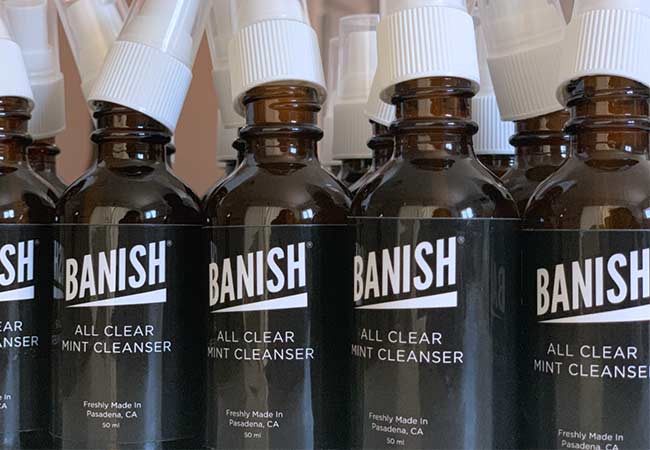
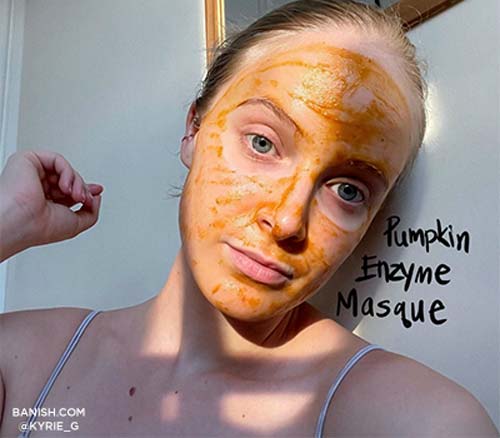
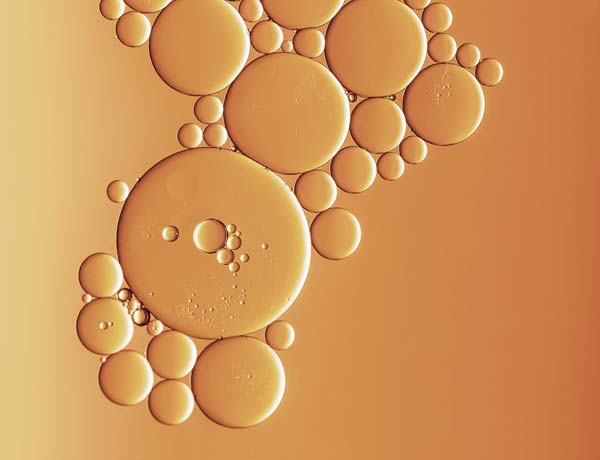
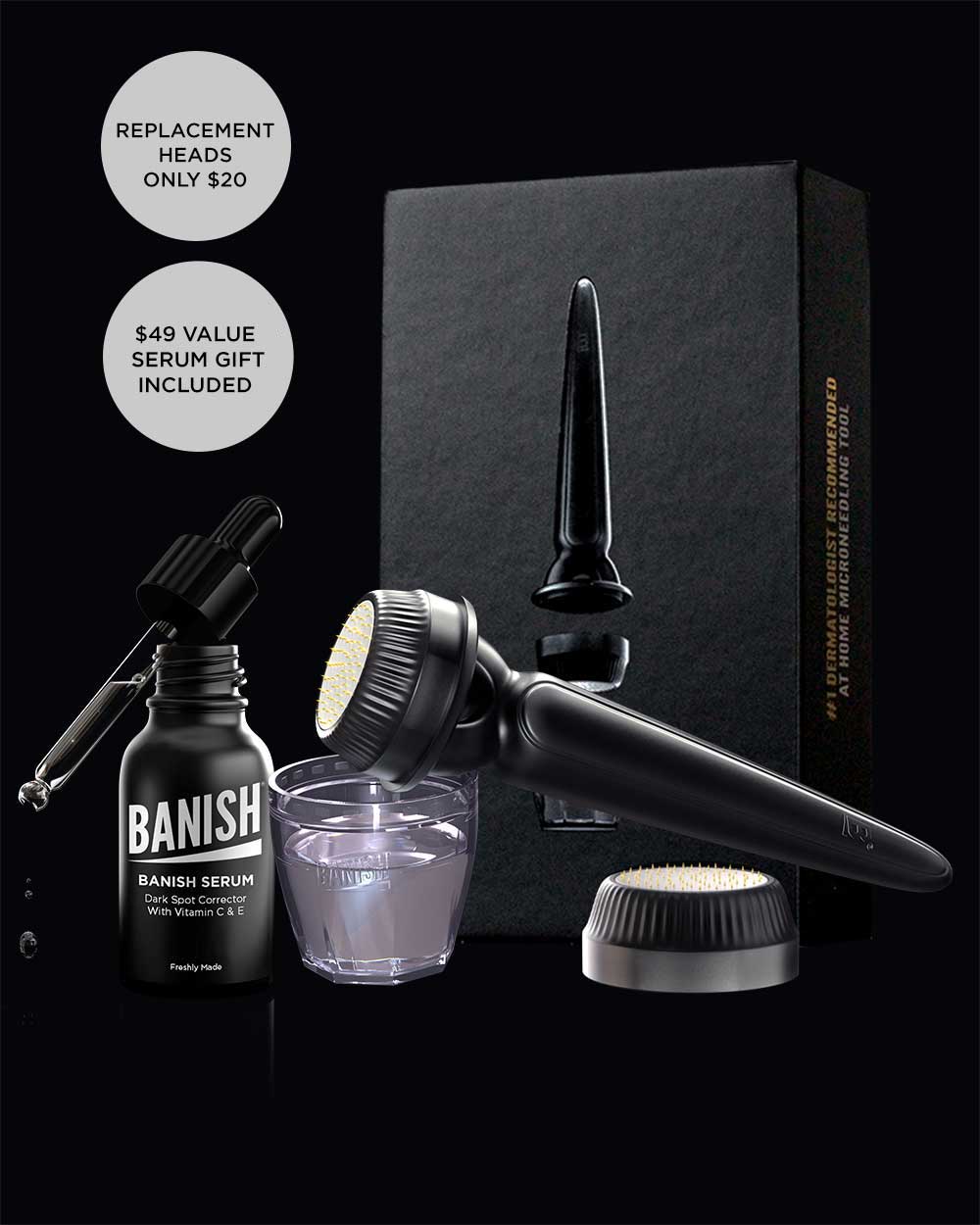



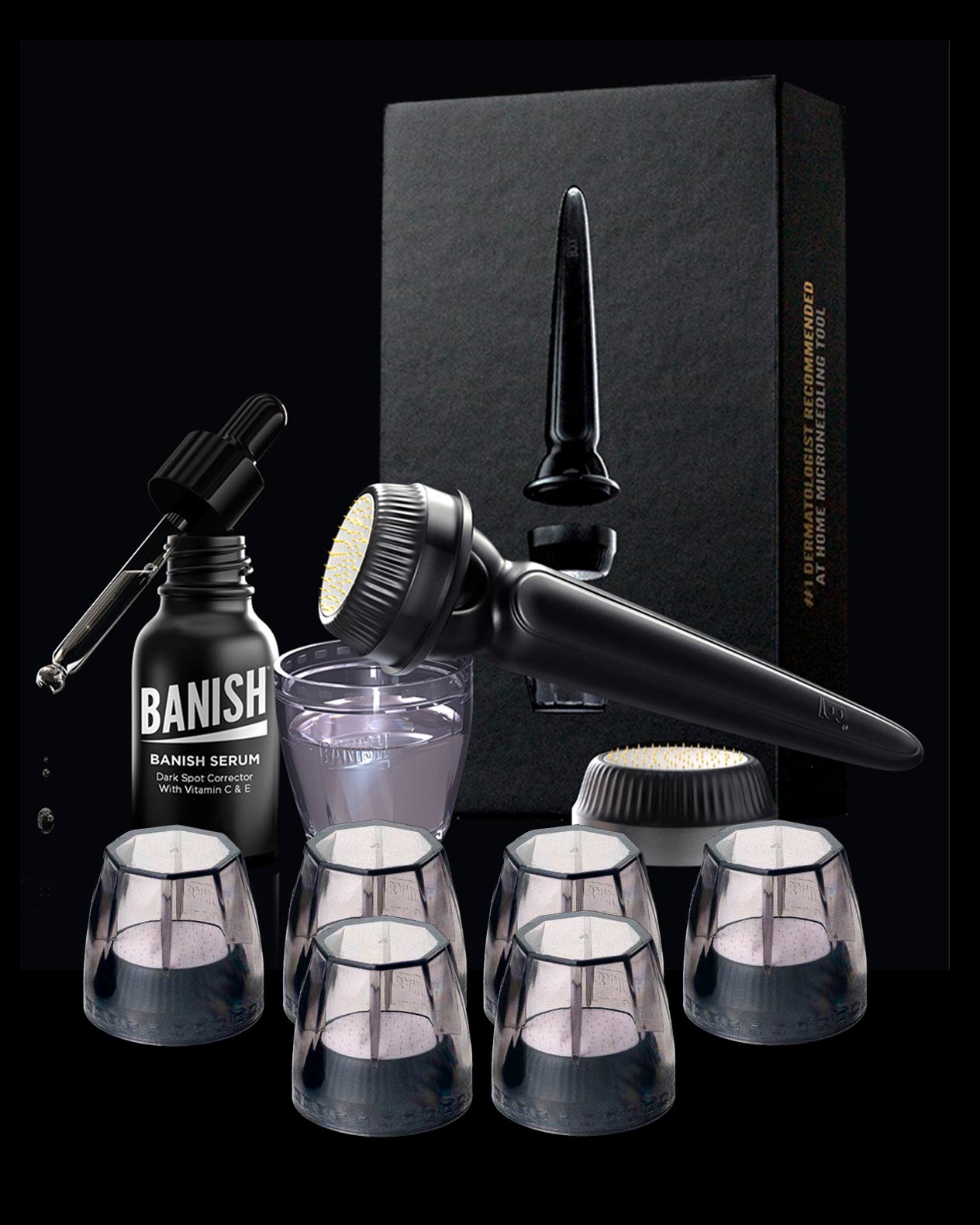
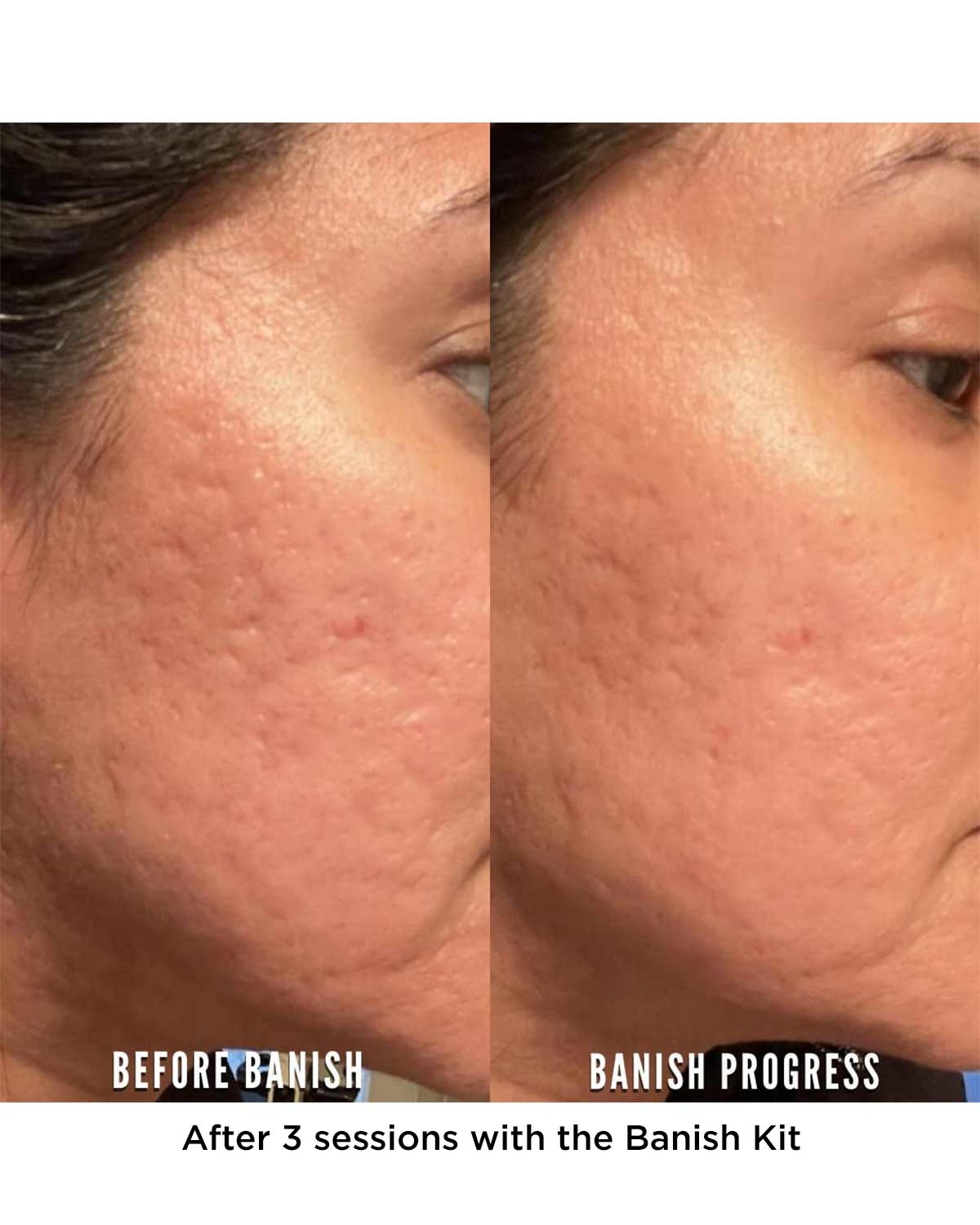


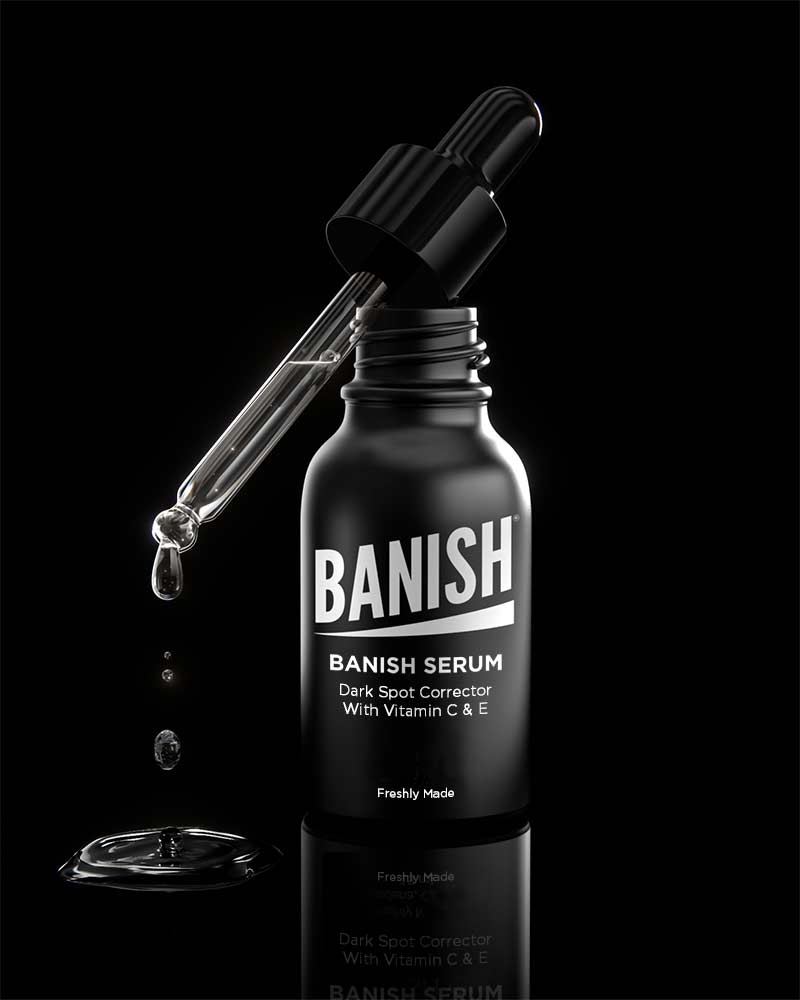

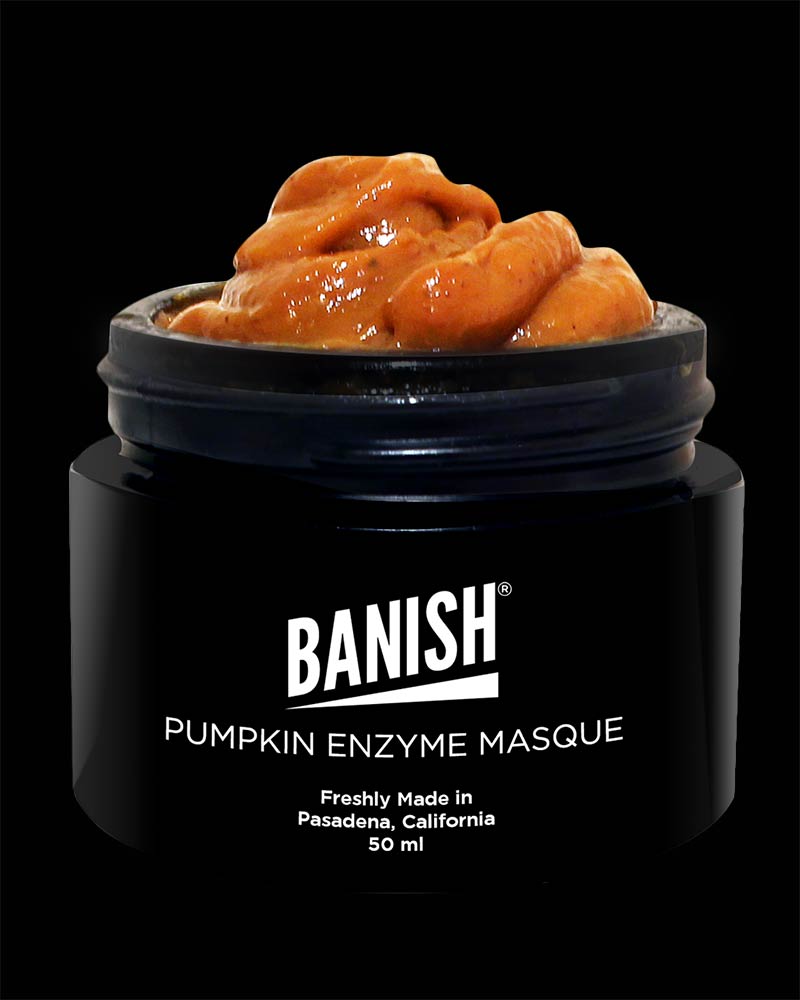
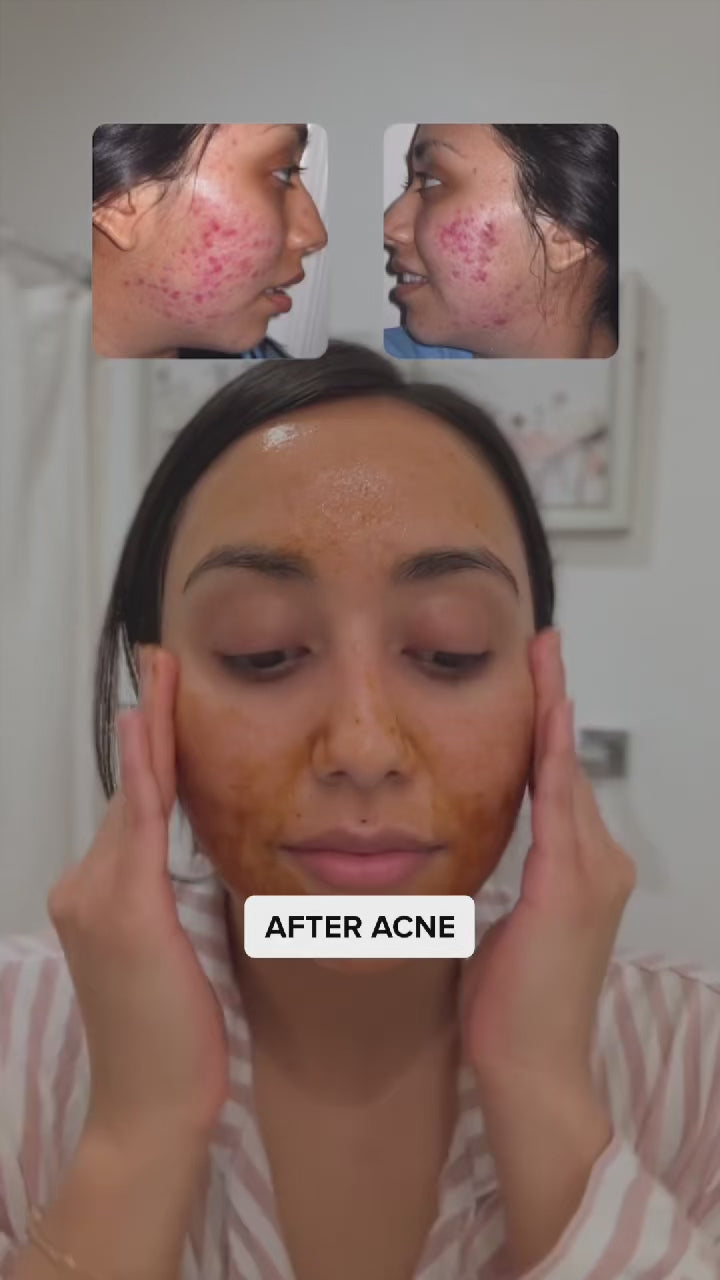
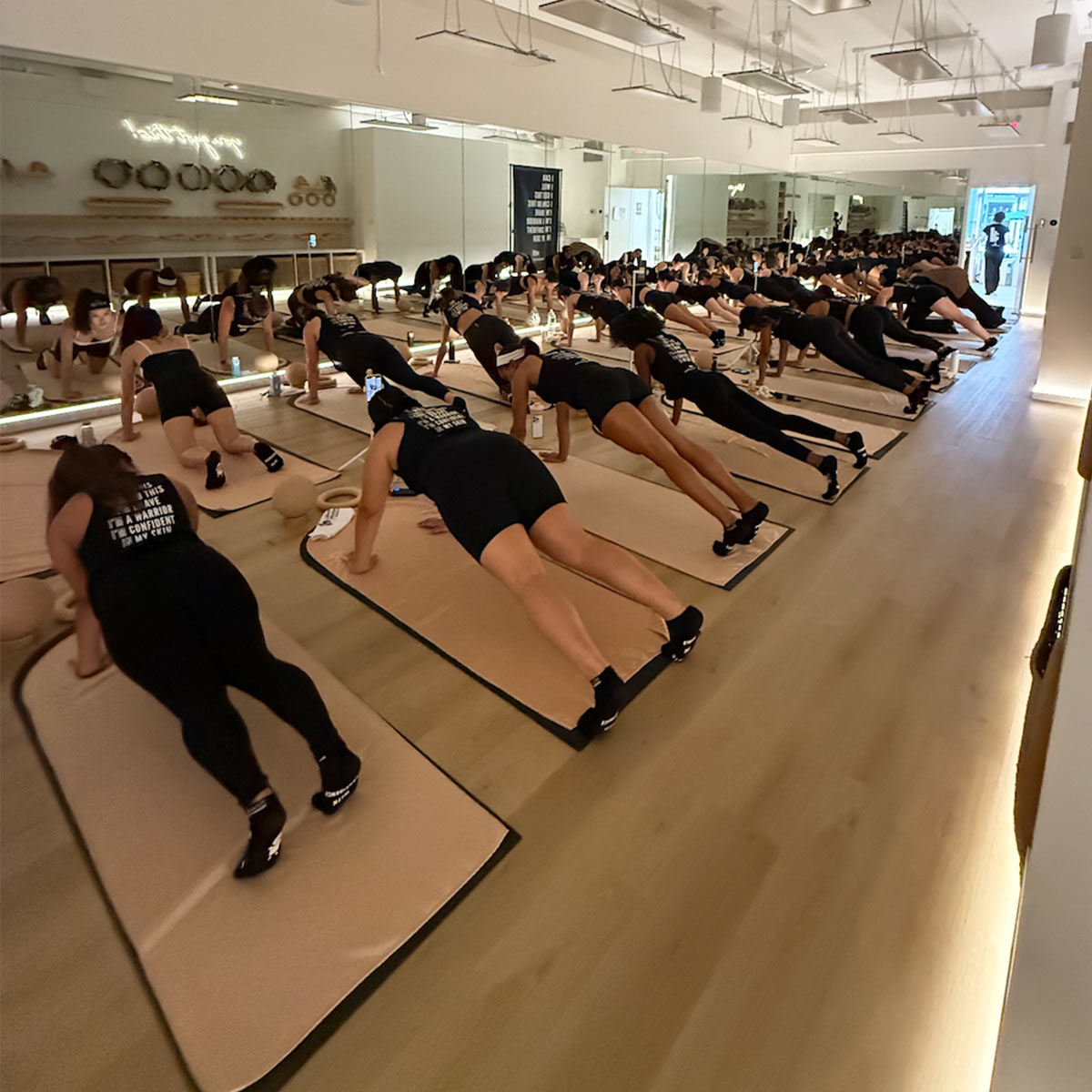



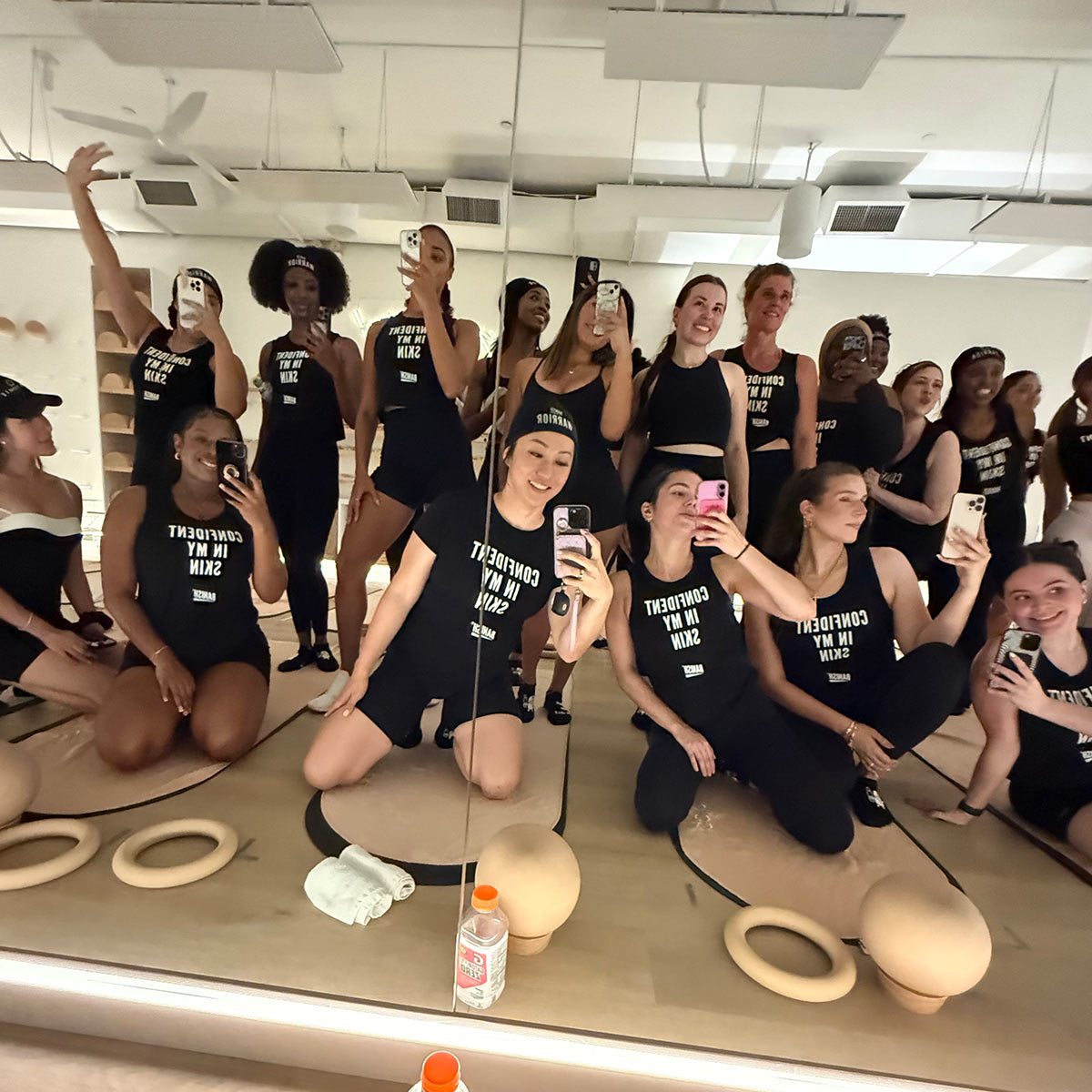

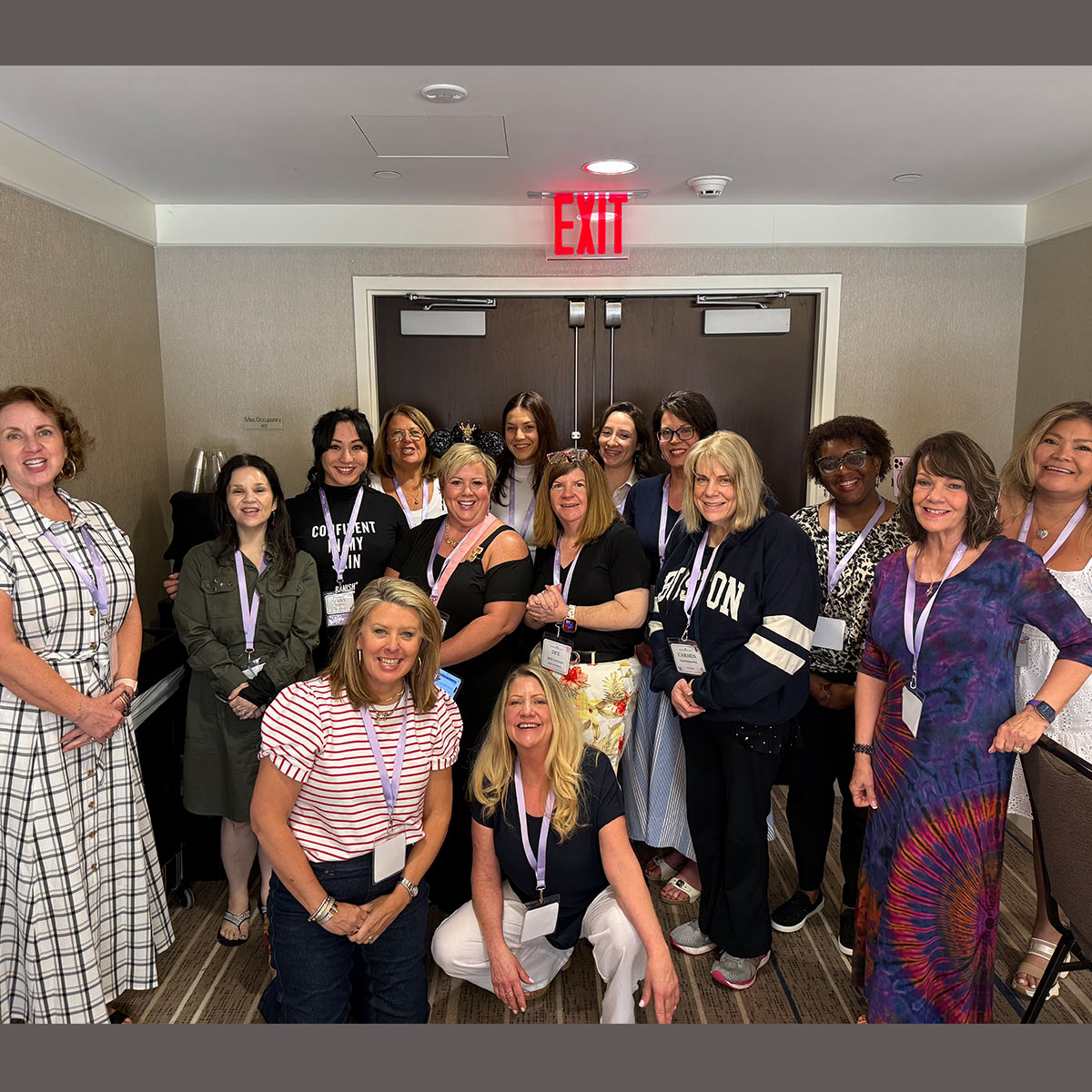


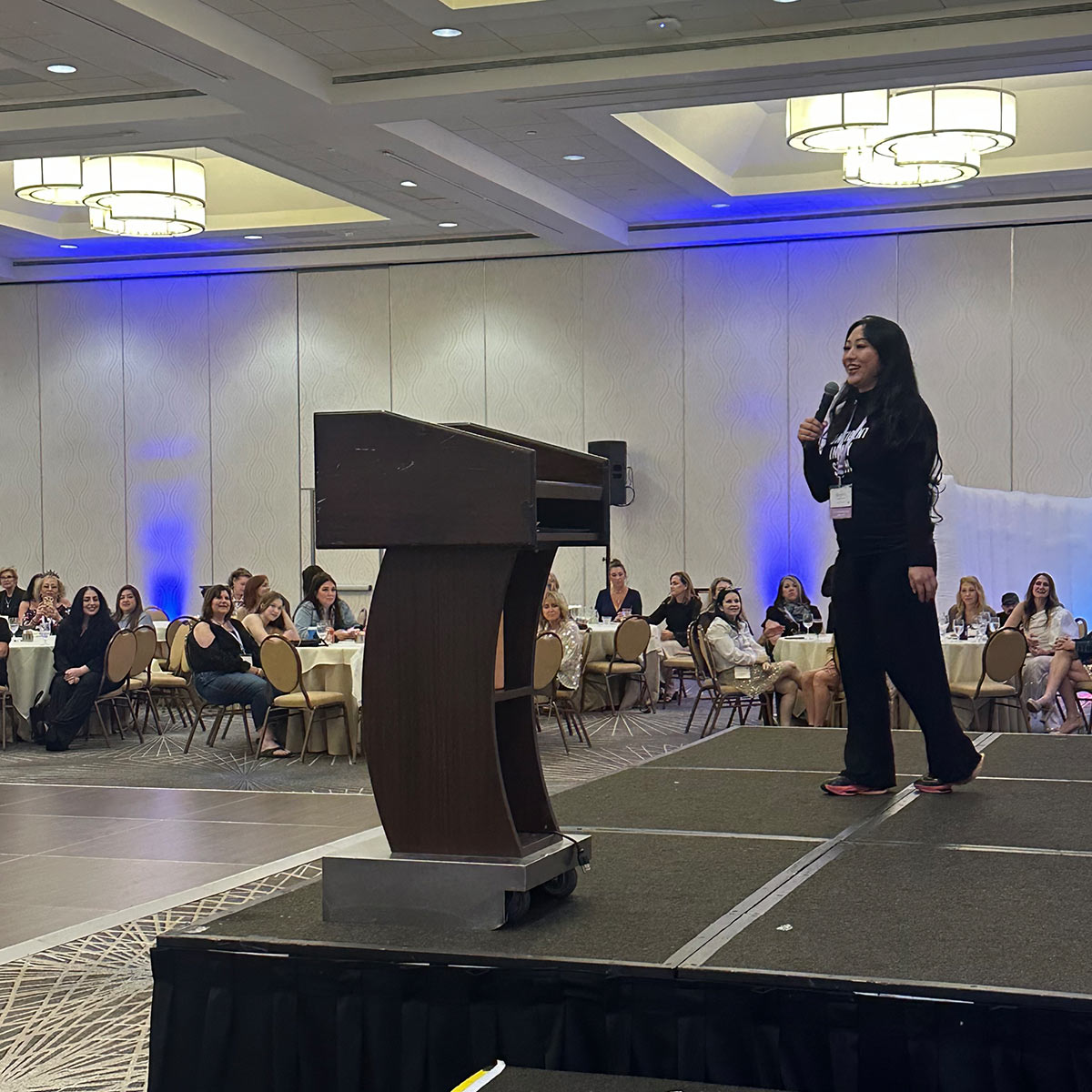
Leave a comment
All comments are moderated before being published.
This site is protected by hCaptcha and the hCaptcha Privacy Policy and Terms of Service apply.